I made the following map using tmap:
My data source: lic_bed_sf.csv, and in .gpkg format .gpkg
My code is as follows:
tm_shape(lic_bed_sf) +
tm_polygons("density",
id = "county_name",
palette = "Blues",
border.col = "#555555") +
tm_layout(fontfamily = "Athelas",
legend.position = c("left", "bottom"),
legend.text.size = 0.8,
legend.text.fontface = "bold",
frame = F,
inner.margins = c(0.12, 0.05, 0.10, 0.05)) +
tm_text("county_name",
size = 0.50,
fontfamily = "Kefa",
fontface = "bold") +
tm_scale_bar(text.size = 0.60)
My questions are:
- As you can see, some of the county names overlap, for example Alamance, Orange and Durham. Is there any way I can select these counties and adjust the text angle to the ones in the following map?
- How to add a thick state border like the one showing in the second map?


